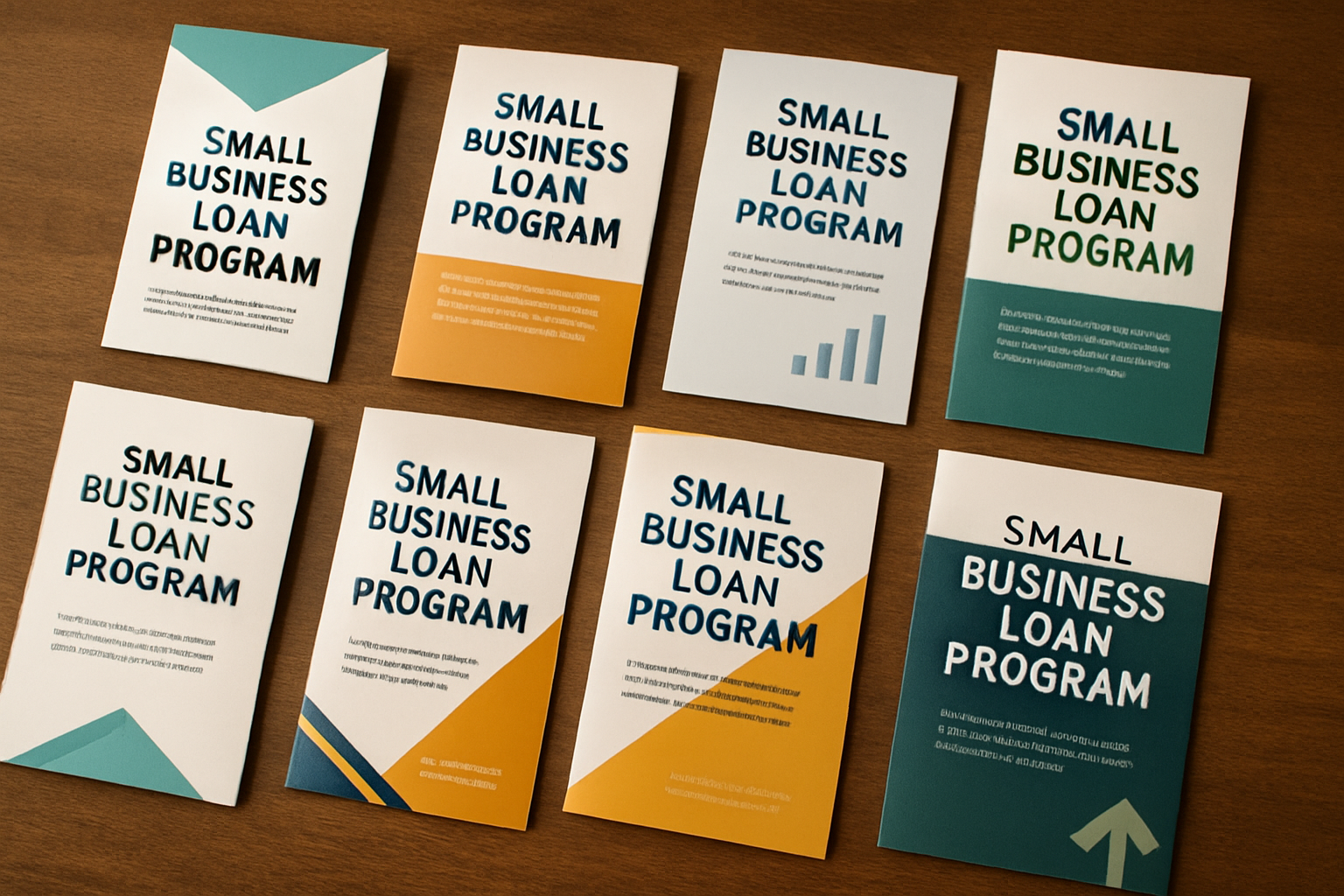Small Business Loan Programs in California: 2025 Guide
Why State & Local Programs Matter in California
Standard loans (bank, SBA) are foundational, but California offers loan guarantee programs, microloan initiatives, CDFIs, and matching / grant schemes that reduce risk for lenders, making capital more accessible—especially for underserved or early-stage businesses.
Many of these programs are run through IBank (California Infrastructure & Economic Development Bank), California Office of the Small Business Advocate (CalOSBA), and local CDFIs.
Key California Loan & Guarantee Programs
Here are the major programs currently active or in 2025:
| Program | Admin / Sponsor | What It Does | Key Details / Eligibility | Uses |
|---|---|---|---|---|
| Small Business Loan Guarantee Program (SBLGP) | IBank / State of California | Provides a partial guarantee to lender for loans to small businesses, reducing lender risk. I | Small businesses with 1–750 employees. Loans up to $5 million. | Working capital, expansion, equipment, real estate |
| California Capital Access Programs (CalCAP) | CalOSBA | Credit enhancement / guarantee program to encourage lenders to make loans to riskier small businesses. | Includes CalCAP for Small Business, Collateral Support, ADA Financing, Seismic Safety, etc. | Collateral enhancement, working capital, real estate, ADA improvements |
| Jump Start Microloan Program | IBank / CalOSBA | Encourages lenders to make small loans in underserved or low-wealth communities. CalOSBA | Loans from $500 to $10,000. Meant for startups, underserved areas. CalOSBA | Startup costs, working capital, inventory |
| Disaster Relief / Economic Injury Loans | State / IBank / SBA | Helps businesses that suffered losses in a declared disaster (fires, storms, etc.) CalOSBA+2SBA+2 | Up to $1 million in some cases. Businesses with 1–750 employees. CalOSBA+1 | Operating expenses, restoring assets, working capital |
| Working Solutions CDFI Loans | Working Solutions (nonprofit CDFI) | Offers startup / early-stage capital in California, especially for underserved entrepreneurs. | Loan amounts $5,000 to $100,000. Fixed 11% interest. Terms of 3 or 5 years. No minimum credit or revenue, and often no collateral. | Startup, working capital, equipment, leasehold improvements |
| NAAC CDFI | NAAC (nonprofit CDFI) | Serves underserved communities, minority, low-income business owners in California. | Acts as SBA Microloan intermediary and IBank-guaranteed lender. | Microloans, small business financing |
| California Investment & Innovation Fund (Cal IIP) | State / California Grants Portal / CalOSBA | Grant funds to support Certified CDFIs, increasing their capacity to lend locally. | CDFI applicants (not direct to businesses) with certain net worth and prior lending record. California Grants Portal | Indirect support / capital for CDFIs to lend more |
| California Rebuilding Fund (COVID / Recovery-Era) | State / Working Solutions partnership | Provides capital and guarantees to small businesses impacted by COVID or economic disruptions. Working Solutions CDFI | Working Solutions is one of 12 community lenders participating. Working Solutions CDFI | Operational capital, recovery, bridging loans |
| California Small Business Loan Match | IBank | A state “loan match” tool to connect borrowers with pre-vetted loan offers. | For loans typically ≤ $150,000 (but the platform supports offers up to $20 million) | All business uses (depending on lender matched) |
How California’s State Programs Work Alongside SBA Programs
Even with strong state programs, SBA loans remain core. California businesses can combine or complement them:
-
SBA 7(a): Up to $5 million, flexible uses, works with traditional banks. SBA+2SBA+2
-
SBA Microloan Program: Up to $50,000 via nonprofit intermediaries. Wikipedia+1
-
SBA Express / 7(a) pilot / Working Capital Pilot: Faster decisioning options under the 7(a) umbrella. SBA
State programs like IBank’s guarantee schemes can reduce risk for SBA or bank lenders, making them more likely to fund your project.
Tips to Maximize Your Chance with California Programs
-
Target underserved or priority zones
Many programs (Jump Start, CalCAP, CDFIs) are designed for low-income, minority, rural, or distressed communities. -
Work with a CDFI / nonprofit partner
Organizations like Working Solutions, NAAC, or local CDFIs have relationships and expertise navigating state programs. -
Use guarantee or collateral support programs
Guarantee programs (like SBLGP, CalCAP) reduce lender risk, helpful if your credit is moderate. -
Combine multiple funding sources
For instance, use a microloan + CalCAP guarantee + local grant or matching funds. -
Apply early and stay alert
Many programs have limited budgets or rolling windows. Monitor CalOSBA, IBank, and local economic development offices. -
Be program-criteria ready
Many require you to be a for-profit, meet size standards, show ability to repay, submit financials, or share ownership in certain communities.











